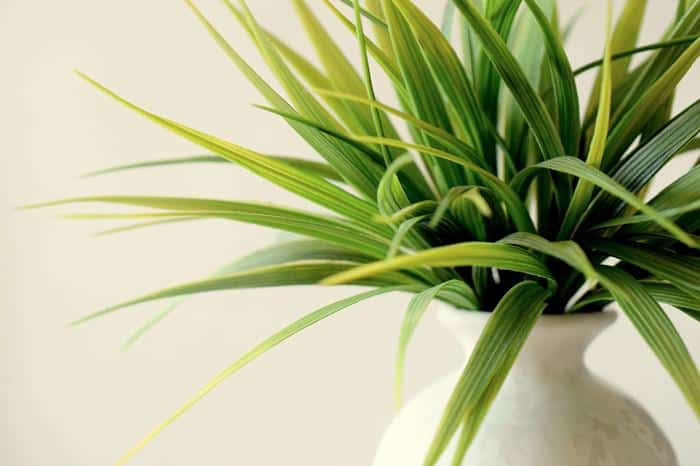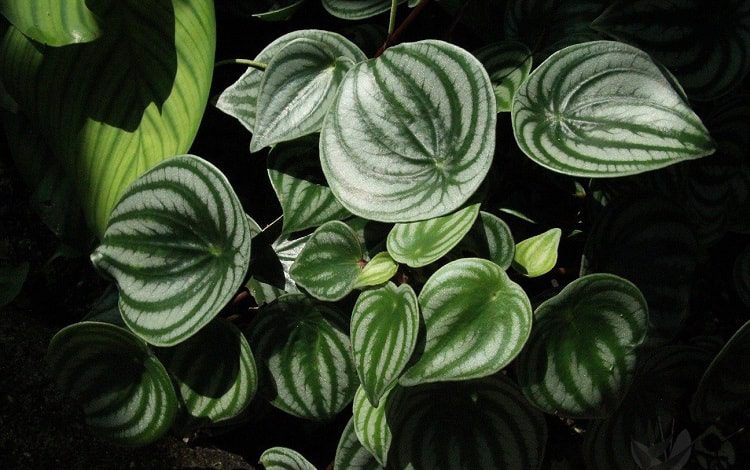Learn the Varying Types of Aloe Vera Plants
The Aloe Vera plant belongs to the genus Aloe, a classification of succulents with over 500 species of flowering plants. Aloe Vera is by far the best-known of the Aloe plants. Aloe Vera gel has hundreds of medicinal and cosmetic uses, and the Aloe Vera plant adorns indoor and outdoor gardens all over the world.
There are several synonyms for Aloe Vera, including Aloe barbadensis, Aloe lanzae and Aloe indica. While there are variations on the Aloe vera plant, they all share the same basic traits. These slight variations on Aloe Vera can be propagated and planted in the same way.
Aloe Vera Facts
Aloe Vera plants may be short-stemmed or stemless with thick, full leaves that are either green or grayish green. Some varieties of aloe vera feature white flecks on their stems. The serrated leaf margin is bordered by small white teeth. In summer, aloe vera plants produce flowers up to 35 inches tall on a spike.
Yellow Aloe Vera flowers appear freely on uncultivated outdoor plants that grow in the wild. It’s much harder to get flowers to appear on houseplants. When plants are placed outdoors in a garden or on a balcony, they have a better chance of blooming. Using a balanced fertilizer in early spring and summer will also encourage aloe vera plants to bloom.
Aloe barbadensis, a variation of the Aloe Vera plant, absorbs between 80 percent and 90 percent of formaldehyde in roofing felt, insulation material or water-based paint.
Caring for Aloe Vera Plants
Light
Any variety of Aloe Vera plant should thrive in bright, direct sun in the spring and summer, with some direct sun in winter. Move aloe vera plants outdoors gradually in the summer. The leaves burn when exposed outright to full sunlight.
Position indoor plants near a south or west-facing window for maximum sun exposure.
Watering, Temperature, and Humidity
Keep Aloe Vera plants watered thoroughly during growing season. Let the plant dry completely before watering again. In winter, the soil should be somewhat dry. Water sparingly in the winter, just enough to keep the leaves from turning brown and wilting. Always allow excess water to drain, but never let the soil become completely dry.
If plants develop brown leaf tips, they’re not getting enough water. Black spots are caused by over watering. Water collecting in the plant’s rosettes will cause rot.
Aloe Vera will grow well in normal indoor humidity. In summer, all types of aloe plants tolerate lows of 50 to 60 degrees, and in winter, it does poorly in temperatures under 40 degrees. It tolerates dry air when grown indoors. (source)
Full sun is required for plants to flower, but this hardy plant can adapt to partial shade.
Planting and Propagating
Aloe vera plants do best when planted in a cactus potting soil mix, or household potting soil with perlite and building sand added. Pots containing Aloe Vera should have sufficient drainage, as the plants will suffer in standing water.
Aloe vera plants don’t require fertilizer. Use a water-based, phosphorus fertilizer at half-strength once a year in the spring if you want to fertilize your plant.
Dividing Aloe Plants
Remove the parent plant from the pot. Brush away excess soil and rock from the base. Locate a healthy new baby plant (or “pup”) with visible roots and remove it from the parent with a sharp knife. Put the offset (the baby plant) in a warm, shady room for two days so it can form a callus.
Fill the pot with soil made from three parts cactus mix and one part potting soil. Replant the parent plant in the container.
When the end of the pup has dried, put in a container that’s slightly larger than the plant. Fill the pot with a gritty potting mixture and make a small hole in the top of the soil and insert the plant’s roots. Water in two weeks when the roots have taken hold, and keep the pot in bright but filtered sunlight.
Learn more about separating Aloe Vera pups from the parent plant in the video “My Aloe Plant had babies! Separating Japanese Aloe Vera” from the Learn Organic Gardening at Growing Your Greens YouTube Video Channel
Growing Aloe Vera from Seeds
When an Aloe Vera plant is at least four years old, it may produce seeds. Once the plant flowers, it can produce seeds. Collect seeds from spent flowers, or, if no seeds are available from your plants, buy seeds from a store.
Plant seeds in a 50/50 mixture of horticultural sand and peat or sand, perlite and sterile compost. Keep soil moist and place the plant outdoors or in a room with a temperature of 75 degrees. It may take two to four weeks for the sprouts to appear.
Find out more about Aloe Vera repotting from the video “Aloe Vera – Repotting and Care” from the PlantzNThings YouTube Video Channel.
Harvesting Aloe Vera Plants
Harvest Aloe Vera leaves by picking Aloe Vera leaves from plants growing in the ground instead of a pot. When leave tips are rosy, they’re ripe for the picking. The Aloe Vera is slow growing, so don’t take too many leaves at once. Cut the large upper leaves and avoid removing the smaller leaves at the bottom of the plant. Choose a large, smooth leaf and cut it as close to the trunk as possible.
Once you’ve cut the leaf, now you need to extract the bitter yellow sap, called aloin, from inside it. Take the leaf and hold the cut end down. Let the aloin run out, then wash the leaf and lay it flat on a table. Cut off the serrated edges on the leaf with a knife. The filet the outer yellow-green covering, until you see the clear to white translucent fleshy aloe.
Give the aloe a rinse, and now you’re ready to use it for cuts, scrapes, burns or for any other home remedy you choose.
Photo by Olga Berrios licensed under CC BY 2.0
Also Read: Areca Palms



